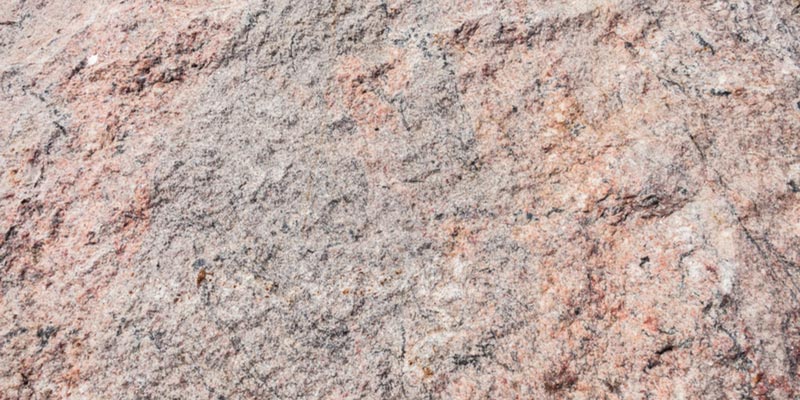Process Of Formation For Granite

This is an extremely slow process.
Process of formation for granite. Formation of sandstone is explained below. Granite is actually made up of several different minerals including feldspar and quartz. This transition from high pressure and temperature to atmospheric temperature. Granite formation took place millions of years ago.
There are a variety of granite uses and the granite reserves are found in many countries around the world. Granite ˈ ɡ r æ n ɪ t is a common type of felsic intrusive igneous rock that is granular and phaneritic in texture. Along with sandstone formation also learn about sandstone composition and transformation in the next section. The polished beautiful granite countertop that you install in your kitchen or bathroom undergoes an extensive process of stone fabrication to achieve the finished product.
It is remarkable just how much occurs during this process and how important it is to getting the most from your countertop for years to come. To form granite magma must first cool underground. Sandstone is a sedimentary rock which forms from cemented sand sized clasts. How is granite formed.
Granite is a light colored igneous rock with grains large enough to be visible with the unaided eye. The rocks in the earth s crust continuously undergo changes in their composition which leads to formation of other rocks. Its three main minerals are feldspar quartz and mica which occur as silvery muscovite or dark biotite or both. Granite is composed mainly of quartz and feldspar with minor amounts of mica amphiboles and other minerals this mineral composition usually gives granite a red pink gray or white color with dark mineral.
Granite is formed by the solidification of magma under the earth s surface. It forms when sand layers are buried under sediments of sand. Of course the granite we see today is near surface and thus at some point was uplifted causing overlying sediment to be shed via erosion. Since the time required to form granite is rather long it is both a strong and valuable stone.
It forms from the slow crystallization of magma below earth s surface. Granite is the most common intrusive rock in earth s continental crust it is familiar as a mottled pink white gray and black ornamental stone it is coarse to medium grained. Strictly speaking granite is an. During formation of granite it is buried below kilometers of rock and sediment necessary to produce enough heat to melt rock.
The processes that creates gneiss can recreate normal granite if carried on long enough and gneiss can also form from gabbro or shale. Granites can be predominantly white pink or gray in color depending on their mineralogy the word granite comes from the latin granum a grain in reference to the coarse grained structure of such a completely crystalline rock.


















